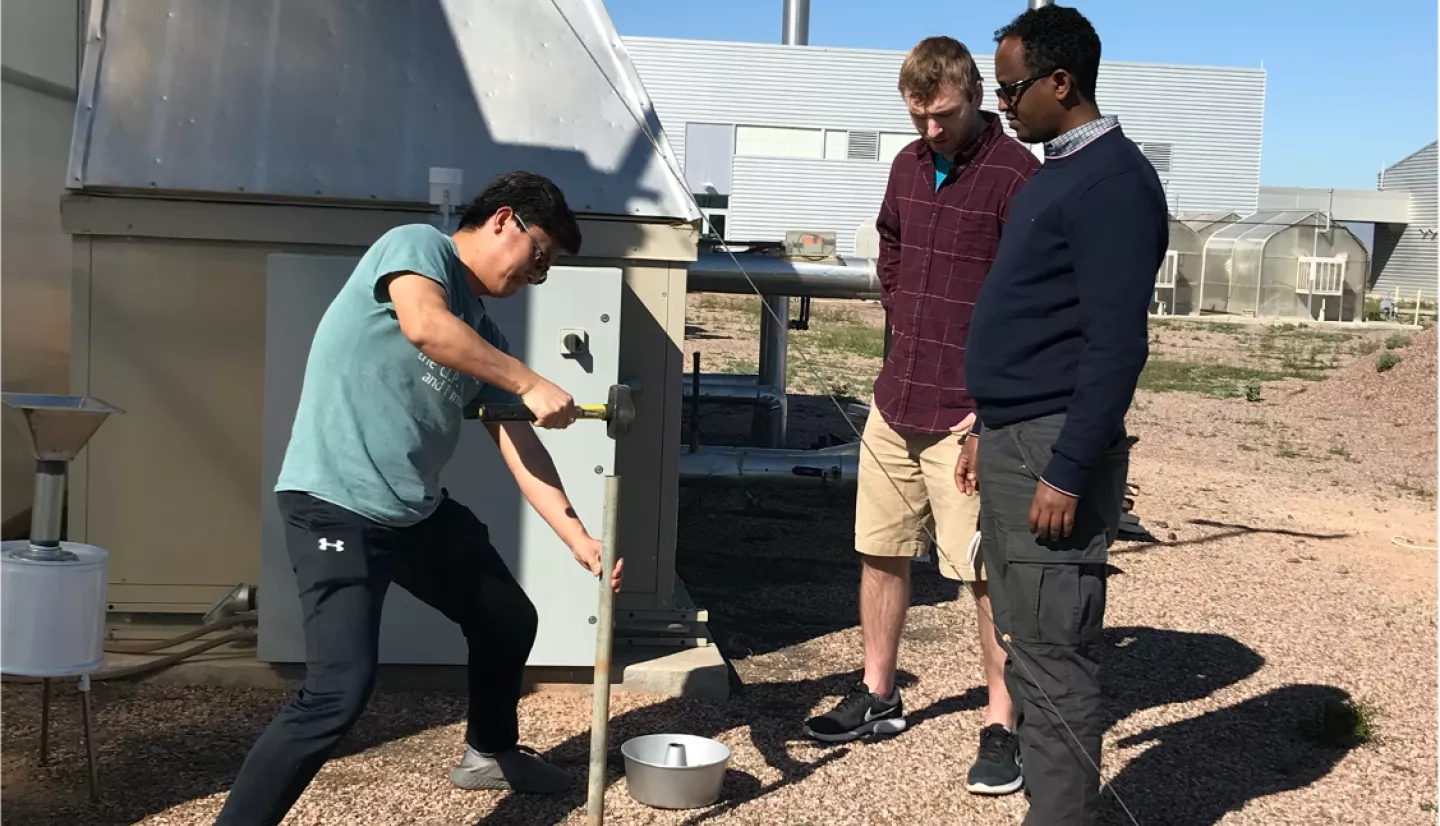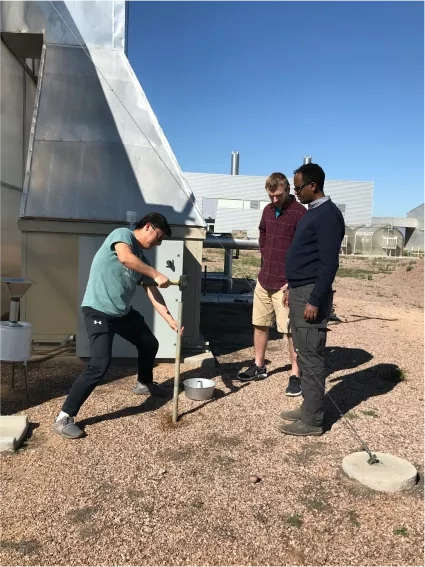In the hot, dry deserts of the American Southwest, dust storms are happening more often. Plus, they’re expected to continue worsening due to climate change.
Kicking up dust and debris, dust storms can have negative impacts on health and public safety. They reduce visibility which causes accidents, make air quality worse, and can spread fungal spores that cause Valley fever.
That’s where Daniel Tong, an associate professor at George Mason University, comes in. With support from NASA’s Health and Air Quality program area, he led a NASA-funded team of scientists to develop a satellite-aided dust forecasting system. The National Oceanic and Atmospheric Administration (NOAA) then adopted it to improve operational dust forecasting.
Tong worked with NOAA Air Resources Laboratory (ARL) to develop a better dust model for NOAA’s National Weather Service (NWS). NASA works with its sister agencies, like NOAA, to help develop science in support of operational services that are the responsibility of places like the NWS.
This partnership became an important part of the revised National Air Quality Forecast Capability (NAQFC). With the new model, NOAA/NWS air quality predictions now offer 72-hour forecasts of dust across the country.
These improvements use the FENGSHA dust model originally developed by Tong and data from MODIS instruments aboard NASA's Aqua and Terra satellites.
The improved air quality forecast guidance helps give people more specific and timely alerts for dust storm events. Better forecasts help people know when to stay inside or avoid driving until a dust storm passes.
John Haynes, program manager for NASA Applied Sciences’ Health and Air Quality, noted that this project is unique. “Tong and his team not only used an innovative NASA data set (MODIS surface reflectance) and developed a new dust emission model, but also formed an important partnership with the NAQFC, whose mission is to provide operational air quality forecast guidance for the United States.”
NOAA Assistant Administrator, Craig McLean, awarded Tong with a Certificate of Commendation. This recognition was for the team’s work implementing and upgrading NOAA’s National Air Quality Forecast Capability. The commendation states that the system has improved American lives and saved billions of dollars each year.
Learn more about Tong and how he got creative with cake pans in the southwestern U.S. to help protect public health.




